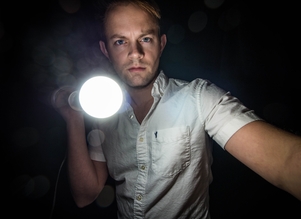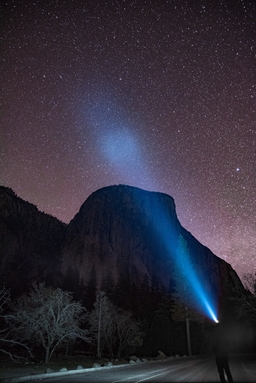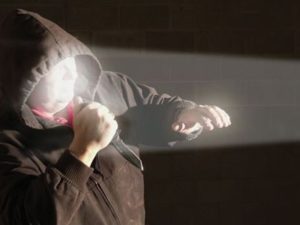
If you own a flashlight as part of your EDC kit, you’ve probably seen the “fancy” names Lumens and Candela on the packaging.
6 reasons why you should carry an EDC flashlight...
As foreign as these words may sound, you probably practice the concept many times, especially if your flashlight has an adjustable light output.
But it’s important to understand these terms in broad as they come in handy in determining the type that will fit your needs.
But the elephant in the room is, do you know the difference between lumens and candelas in your tactical or EDC flashlight?
Click on this link to learn more about lumens, candela, and lux...
Well, I would like to get informed you informed:
In a nutshell, a lumen, abbreviated as (lm), is a measurement of a flashlight’s total energy output (or total visible light) in all directions, and a candela, abbreviated as (cd), is the measurement of the intensity of light concentrated in one direction.
That said, let’s explore more on what you need to know about the lumens and candelas of your everyday carry flashlight.
Lumens vs Candela Explained
Now that you know that a lumen is the measurement of the total energy output in all directions.
You may be interested to know the role that lumens play in the brightness of your flashlight. Its simple — lumens help you understand the amount of light emitted from your flashlight!
It’s worth knowing that one lumen (1lm) is equivalent to the quantity of light emitted by a single candle in a one-square-foot area.
A typical keychain flashlight would have a lumen of 1500lm, suggesting that the more sophisticated the EDC flashlight, the higher the lumen capability.
Learn more about how to best utilize Lumens in an EDC flashlight...
So How Do Lumens and Candelas Relate?
While lumens provide a fairly good idea of a flashlight’s overall light output, they don’t tell us how concentrated or focused our illumination is.
Checkout out the 7 best 1000 plus lumen EDC flashlights....
We can determine whether our flashlight will have a “scattered” or “focused” beam by knowing candelas (cd).
When searching for flashlights with a longer throw distance, the candela measurement is important.
Although reflector design and size have an impact on the throw distance, a higher candela rating indicates a longer throw beam since the more intense light can illuminate objects at a longer distance.
If you need an EDC flashlight that can cut through dust, fog or haze, or if you want a particularly directed beam, go for a flashlight with a high candela rating.
On the other hand, if you intend to perform a lot of up-close work or need to uniformly light a room, a lower candela rating is preferable.

More interesting is the fact that lumens and candelas also play a role in self-defense.
As an EDC enthusiast, you may be faced with situations when you need to use your flashlight as a weapon.
Trust me, that candela and lumen value that seems irrelevant can save your life just like an EDC pocket knife or a pistol would.
Let’s look at how they matter.
Candela and Lumens for Self Defense

The thing is that the higher the candela, the better for self-defense since you can maintain a safe distance from a threat while still being able to perform the following:
- You can quickly identify a potential threat from far, giving you time to think and react
- You can see through dust, fog, rain, and other lights that may hinder a clear visual
- You can control a threat from a distance, e.g., by blinding them using the high-intensity light
Learn about how to best utilize an EDC flashlight for Self-Defense...
15-20 yards is about the average distance for most documented self-defense incidents for civilians. Ideally, whatever range you believe you’ll need, look for a flashlight with 2X the range.
As for lumens, tactical or EDC flashlights typically have a brightness output ranging from 800 to 2000 lumens.
In order to react to continuously changing tactical situations (especially military and law enforcement), more is always better, but utilizing lumen measurement that is too low or too high without understanding what to do with it may be a problem.
So, you just have to know your mission measurements.
It’s usually preferable to obtain a flashlight with a high lumen intensity and high candela rating for long-distance reach.
Light with a higher intensity travels farther than light with a lower intensity, and it may penetrate ambient light and fogs at a greater distance.
Checkout out our EDC flashlights page to find the best EDC flashlight for you...
Bottom Line
As much as design, bezels, and lenses are important features to look at when buying an EDC flashlight, never ignore the lumen and candela measurements.
These measurements will determine whether the flashlight will serve you in all situations or not.
Luckily, today’s manufacturers are designing multipurpose flashlights.
So, if you find one that allows you to adjust the lumens and candelas, it will be a good addition to your EDC backpack.
